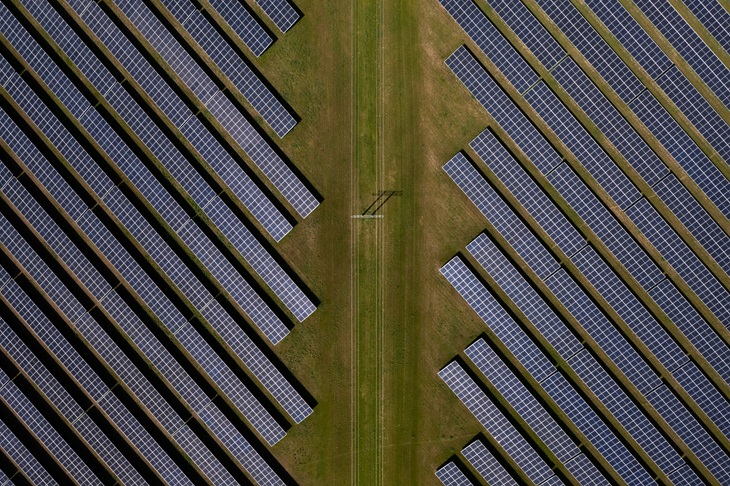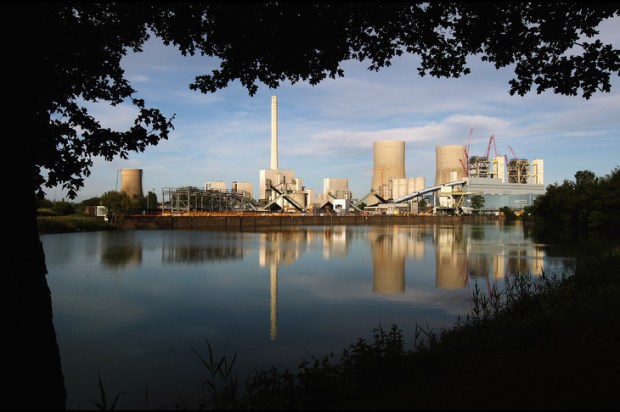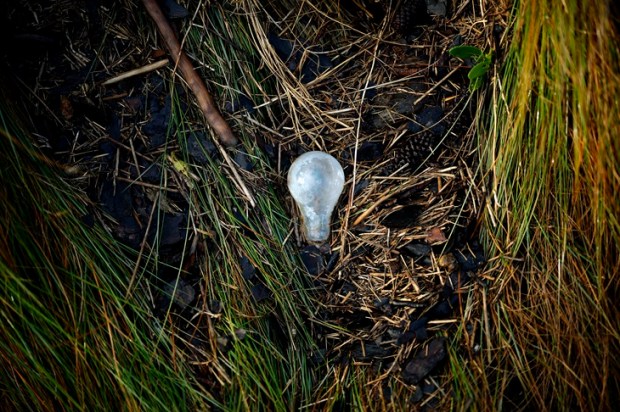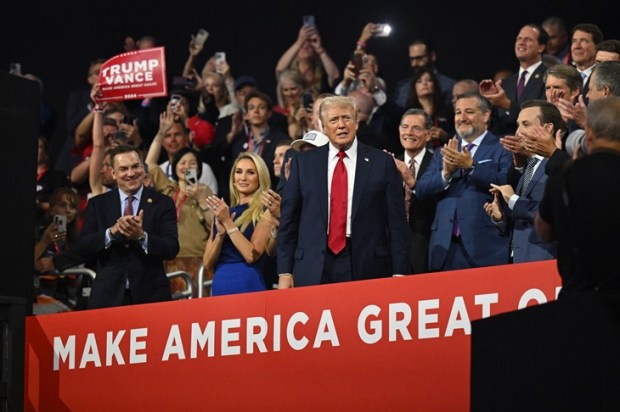Plans for the elimination of coal require increasing regulatory measures and ever-escalating levels of government spending.
Federally, the ALP has built upon the measures introduced by the Turnbull and Morrison governments with increased funding for ‘Clean Energy’ projects, the Safeguard Mechanism (requiring the biggest 215 electricity users to reduce their emissions by 30 per cent by 2030), and the Capacity Investment Scheme (CIS) which provides subsidies to developments that add ‘firming’ capacity to improve the reliability of the weather and daylight reliant wind and solar.
Climate Change and Energy Minister, Chris Bowen, won’t say how much the CIS contracts are costing.
Already a subscriber? Log in
Subscribe for just $2 a week
Try a month of The Spectator Australia absolutely free and without commitment. Not only that but – if you choose to continue – you’ll pay just $2 a week for your first year.
- Unlimited access to spectator.com.au and app
- The weekly edition on the Spectator Australia app
- Spectator podcasts and newsletters
- Full access to spectator.co.uk


























Comments
Don't miss out
Join the conversation with other Spectator Australia readers. Subscribe to leave a comment.
SUBSCRIBEAlready a subscriber? Log in